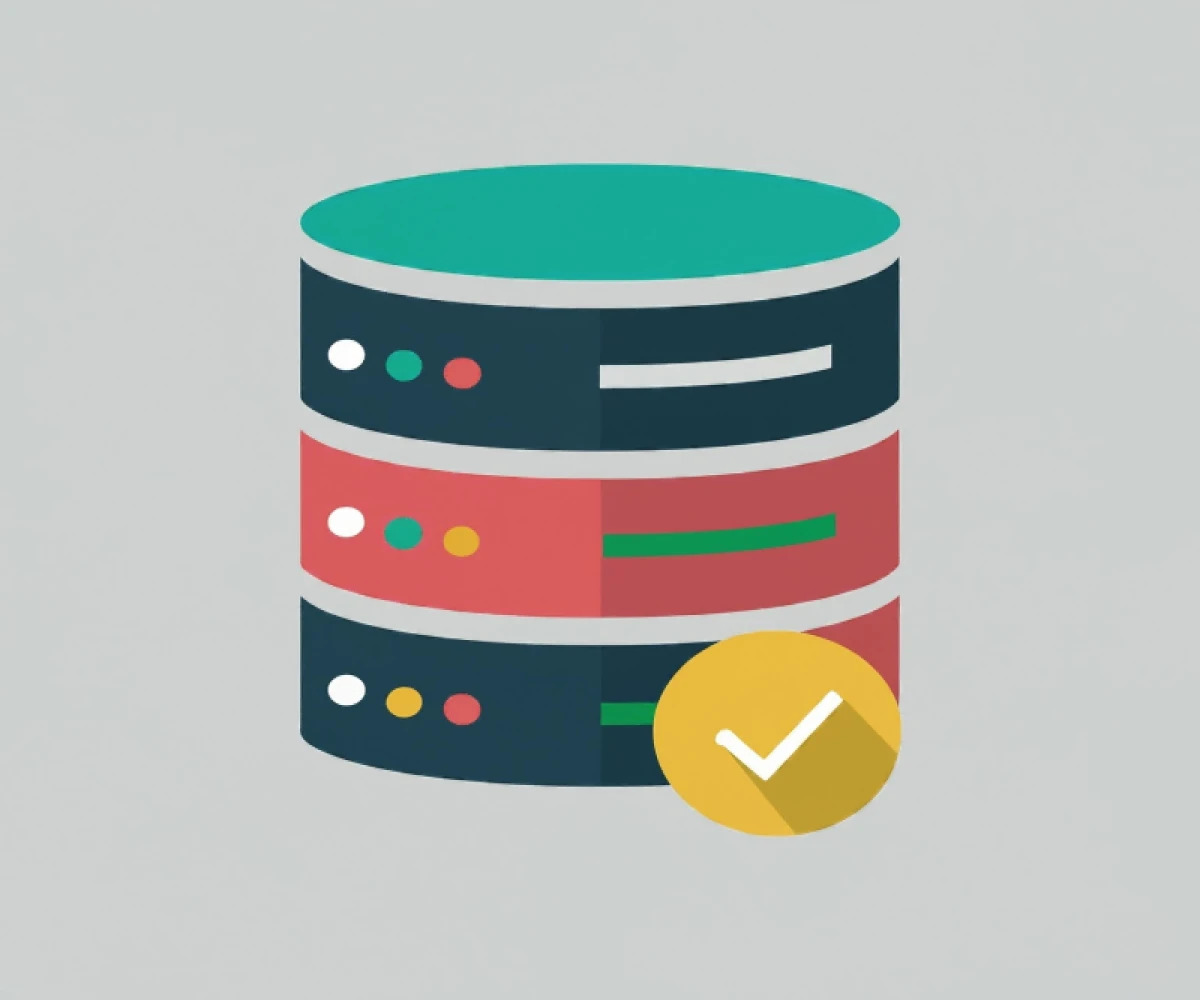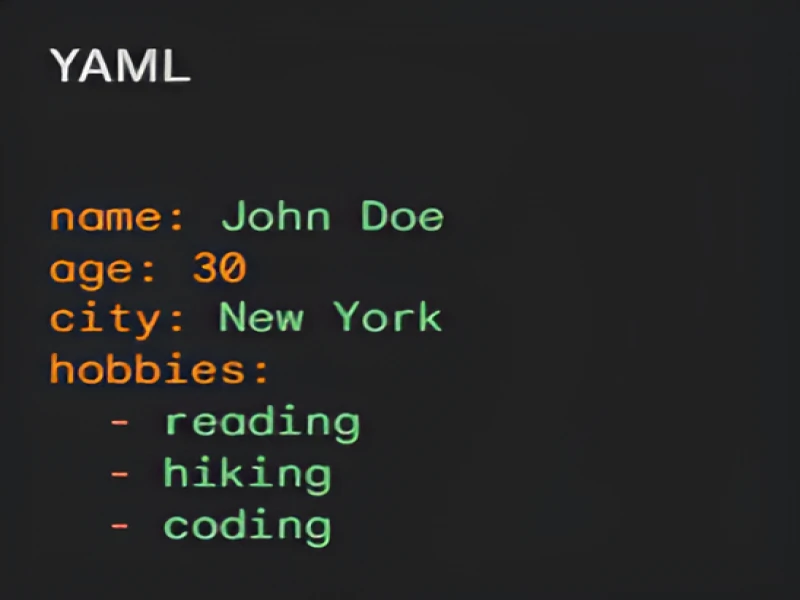
What is Database Clustering?
Database Clustering: Scaling and High Availability for Your Data
Introduction
In today's digital age, applications demand unprecedented levels of performance, reliability, and scalability. A single database server often struggles to meet these requirements, leading to performance bottlenecks and potential data loss. Database clustering emerges as a powerful solution to address these challenges.
What is Database Clustering?
Database clustering involves distributing data and processing across multiple servers, working together as a unified system. This approach enhances performance, reliability, and scalability.
Key Benefits of Database Clustering
- High Availability: By distributing data across multiple nodes, clustering ensures uninterrupted access to data even if one or more servers fail.
- Scalability: As your data and workload grow, you can easily add more servers to the cluster to handle increased demand.
- Improved Performance: Distributing the workload across multiple servers enhances query performance and reduces response times.
- Load Balancing: Clustering evenly distributes incoming traffic across multiple servers, preventing overload and ensuring optimal performance.
- Data Redundancy: Replicating data across multiple nodes provides protection against data loss due to hardware failures.
Types of Database Clusters
Several types of database clusters cater to different needs:
- Shared-Nothing Clusters: Each node in the cluster has its own independent data and processing capabilities.
- Shared-Disk Clusters: Multiple nodes share access to a common storage system.
- Shared-Everything Clusters: All nodes have access to the same shared memory and storage.
- Replication Clusters: Data is replicated across multiple nodes for redundancy and high availability.
- Load-Balanced Clusters: Incoming traffic is distributed across multiple nodes to improve performance and availability.
Choosing the Right Clustering Approach
Selecting the appropriate clustering approach depends on factors such as data volume, transaction rate, desired level of availability, and budget. Carefully evaluate your specific requirements to make an informed decision.
Challenges and Considerations
While database clustering offers numerous benefits, it also introduces complexities:
- Data Consistency: Ensuring data consistency across multiple nodes can be challenging.
- Network Latency: Network performance can impact overall cluster performance.
- Management Overhead: Managing a cluster requires additional administrative effort.
Conclusion
Database clustering is a critical component of modern application architectures. By understanding its benefits, types, and challenges, you can effectively leverage clustering to enhance your application's performance, reliability, and scalability.
Additional Tips
- Start with a small-scale cluster to test and refine your configuration.
- Regularly monitor cluster performance and health.
- Implement robust backup and disaster recovery plans.
- Consider using cloud-based database services for managed clustering solutions.
By following these guidelines, you can maximize the advantages of database clustering and build resilient, high-performing applications.


